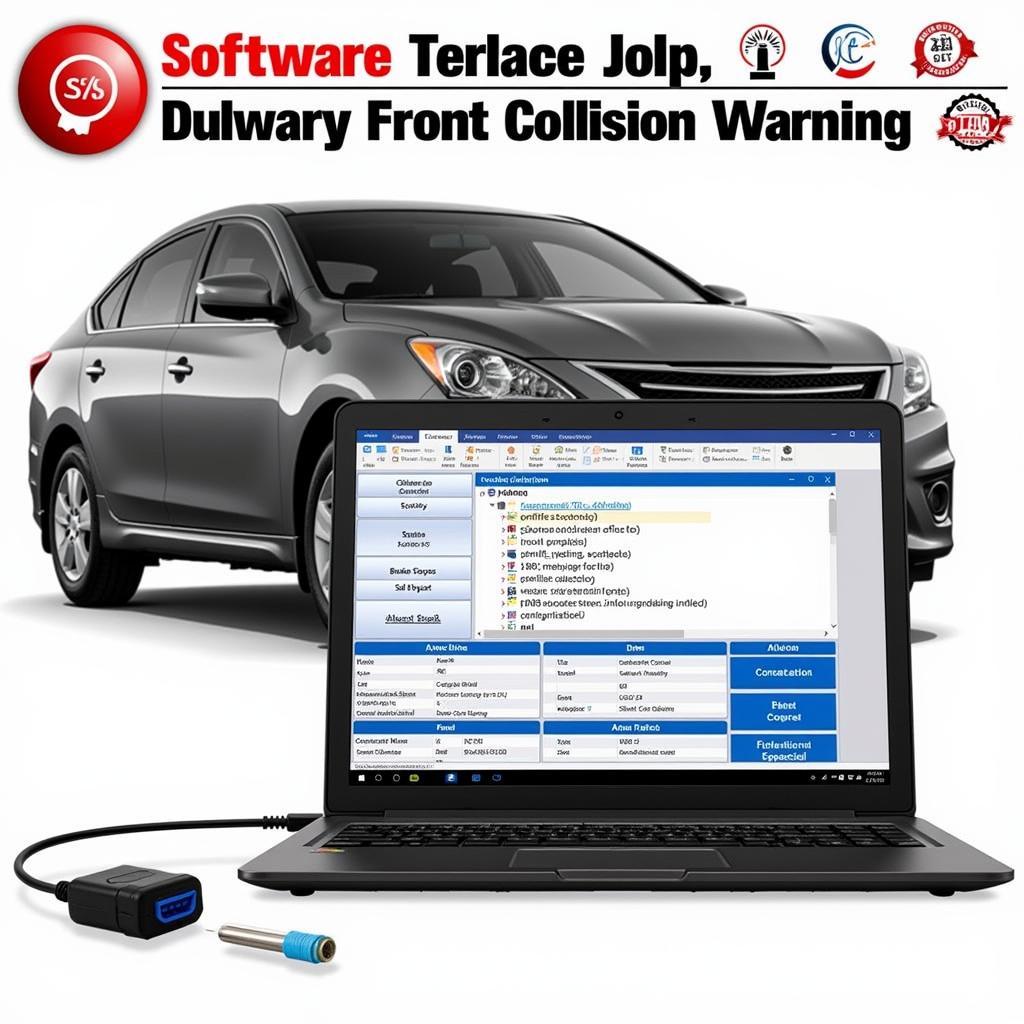Front collision warning brakes are a critical safety feature in modern vehicles, designed to prevent or mitigate the severity of frontal collisions. These systems use sensors, typically radar or cameras, to detect potential collisions and alert the driver. In some cases, the system can even automatically apply the brakes to avoid or lessen the impact. Understanding how these systems work, potential issues, and available solutions is vital for both safety and maintaining your vehicle.
schindler elevator warner brake
How Front Collision Warning Brakes Work
The core components of a front collision warning system include sensors, a control unit, and actuators. The sensors continuously monitor the distance and closing speed to vehicles ahead. If the system determines a collision is imminent, it alerts the driver through visual and audible warnings. Depending on the system’s sophistication and the driver’s reaction, the brakes may be pre-charged or automatically applied. These systems are complex and rely on precise sensor data, accurate calculations, and seamless communication between components.
Common Issues with Front Collision Warning Brakes
Several factors can affect the performance of front collision warning brakes. Obstructions like dirt, snow, or ice covering the sensors can interfere with their ability to accurately detect objects. System malfunctions, including software glitches or faulty sensors, can also cause issues. Additionally, misaligned sensors can lead to inaccurate readings and unnecessary warnings or even system deactivation.
Troubleshooting Front Collision Warning Brake Problems
When experiencing problems with your front collision warning brakes, the first step is to check for any obvious obstructions blocking the sensors. Cleaning the sensors can often resolve the issue. If the problem persists, a diagnostic scan using specialized equipment can pinpoint the source of the problem, whether it’s a faulty sensor, a software glitch, or a wiring issue.
Diagnostic Tools and Software for Front Collision Warning Brakes
Modern diagnostic tools can access the system’s control unit, read fault codes, and provide insights into the system’s status. Furthermore, remote software solutions are increasingly becoming available, allowing technicians to diagnose and even fix certain software-related issues remotely, saving time and potentially reducing repair costs. This involves connecting the vehicle to a diagnostic interface and accessing the system’s software through a secure connection.
 Diagnostic Software Interface for Front Collision Warning Brakes
Diagnostic Software Interface for Front Collision Warning Brakes
Remote Software Solutions: The Future of Car Repair
Remote software solutions are revolutionizing automotive diagnostics and repair. By leveraging internet connectivity and advanced diagnostic software, technicians can remotely access a vehicle’s systems, perform diagnostics, and even install software updates or fixes. This is particularly beneficial for resolving software-related issues with front collision warning brakes, often eliminating the need for a physical visit to a repair shop.
“Remote diagnostics and programming are game-changers,” says John Smith, Lead Automotive Diagnostics Engineer at AutoTech Solutions. “We can quickly identify and resolve software-related issues without the customer having to bring their vehicle in, saving them time and money.”
Benefits of Remote Software Solutions
The advantages of remote software solutions extend beyond convenience. They can also provide more accurate diagnostics, faster turnaround times, and reduced repair costs. Moreover, remote updates can enhance the performance and reliability of the front collision warning system, ensuring optimal safety and functionality.
Ensuring Safety and Reliability with Remote Updates
Regular software updates are crucial for maintaining the effectiveness of front collision warning brakes. These updates can address known bugs, improve system performance, and even introduce new features or functionalities. Remote software solutions make it easier than ever to keep your vehicle’s safety systems up to date.
“Keeping your car’s safety systems updated is paramount,” adds Jane Doe, Senior Safety Systems Specialist at SafeDrive Technologies. “Remote software updates provide a seamless and efficient way to ensure your front collision warning brakes are functioning at their best.”
Conclusion
Front collision warning brakes are an essential safety feature, and understanding their operation and potential issues is crucial for every driver. Utilizing modern diagnostic tools and embracing remote software solutions can significantly enhance the efficiency and effectiveness of troubleshooting and repair, ensuring these life-saving systems function optimally. Keeping your front collision warning brakes in top condition contributes significantly to your safety on the road.
FAQ
-
What should I do if my front collision warning light comes on? Consult your owner’s manual and consider having the system checked by a qualified technician.
-
Can I clean the front collision warning sensors myself? Yes, carefully cleaning the sensors with a soft cloth can often resolve issues caused by obstructions.
-
How often should I have my front collision warning system checked? It’s generally recommended to have the system inspected during regular vehicle maintenance.
-
Are remote software updates safe for my vehicle? Yes, reputable remote software solutions employ secure connections and verified updates to ensure the safety and integrity of your vehicle’s systems.
-
How much do remote diagnostic services typically cost? Costs vary depending on the provider and the specific service required, but they can often be more affordable than traditional in-person diagnostics.
-
Can remote software solutions fix all front collision warning brake problems? No, while remote solutions can address many software-related issues, hardware problems may still require physical repairs.
-
What are the long-term benefits of maintaining my front collision warning brakes? Proper maintenance ensures the system functions reliably, maximizing its safety benefits and potentially preventing costly accidents.
